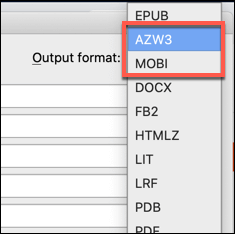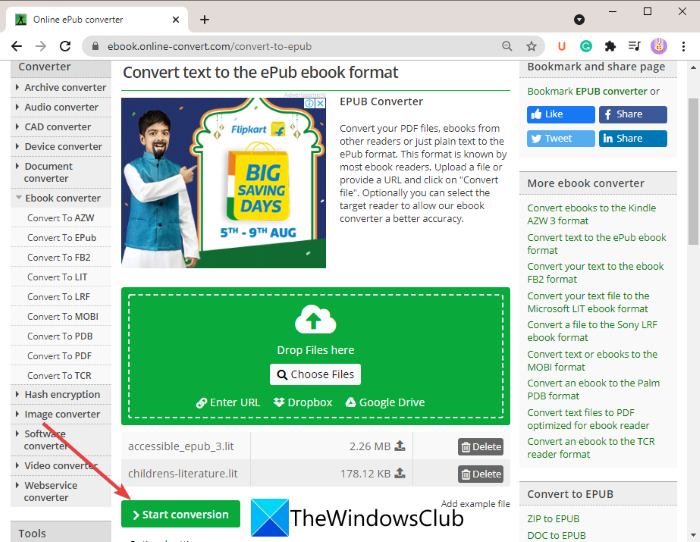
The AMBER force fields have unique forms for the terminal residues, and these are incompatible with the -ter mechanism. Some force fields support zwitterionic forms for chains of one residue, but for polypeptides these options should NOT be selected. Default termini are ionized (NH3+ and COO-), respectively. The protonation state of N- and C-termini can be chosen interactively with the -ter flag. Hydrogen bonds are defined based on a simple geometric criterion, specified by the maximum hydrogen-donor-acceptor angle and donor-acceptor distance, which are set by -angle and -dist respectively. For His, this is based on an optimal hydrogen bonding conformation. By default these selections are done automatically.

For Lys the choice is between neutral (two protons on NZ) or protonated (three protons, default), for Asp and Glu unprotonated (default) or protonated, for His the proton can be either on ND1, on NE2 or on both. The program can prompt the user to select which kind of LYS, ASP, GLU, CYS or HIS residue is desired. The program has limited intelligence, it reads a number of database files, that allow it to make special bonds (Cys-Cys, Heme-His, etc.), if necessary this can be done manually. If there is no support in the database, you can add it yourself. Every kind of molecule for which there is support in the database can be converted. pdb file is nothing more than a file format, and it need not necessarily contain a protein structure. Check Chapter 5 of the manual for more information about file formats. dat in the library directory or copy the whole library directory to a local directory and set the environment variable GMXLIB to the name of that directory. If you want to add new protein residue types, you will need to modify residuetypes. If you want to modify or add a residue types, you can copy the force field directory from the GROMACS library directory to your current working directory. ff directory.Īfter choosing a force field, all files will be read only from the corresponding force field directory. In that case gmx pdb2gmx just looks for the corresponding. By default the forcefield selection is interactive, but you can use the -ff option to specify one of the short names in the list on the command line instead.

ff of the current working directory and of the GROMACS library directory as inferred from the path of the binary or the GMXLIB environment variable. Gmx pdb2gmx will search for force fields by looking for a forcefield. These files can subsequently be processed to generate a run input file. pdb, format and a topology in GROMACS format. gro) file, reads some database files, adds hydrogens to the molecules and generates coordinates in GROMACS (GROMOS), or optionally. heavyh] deuterate]Ĭhargegrp] cmap] renum] rtpres]ĭescription gmx pdb2gmx reads a. Inter] ss] ter] lys] arg]Īsp] glu] gln] his]


 0 kommentar(er)
0 kommentar(er)
